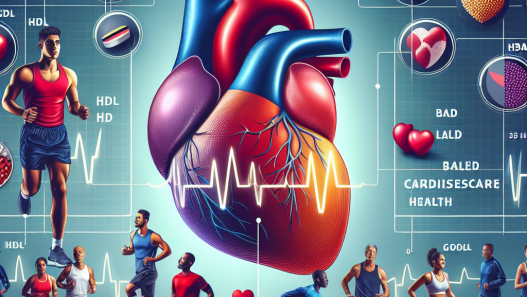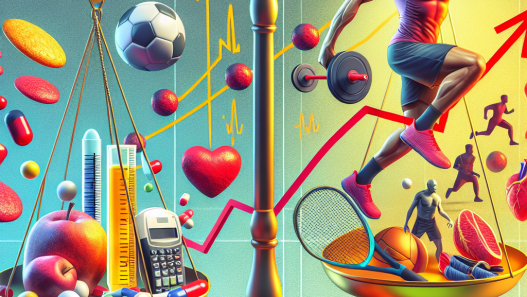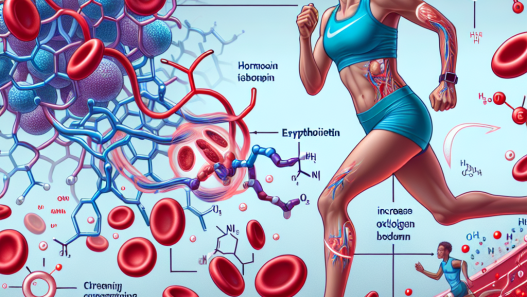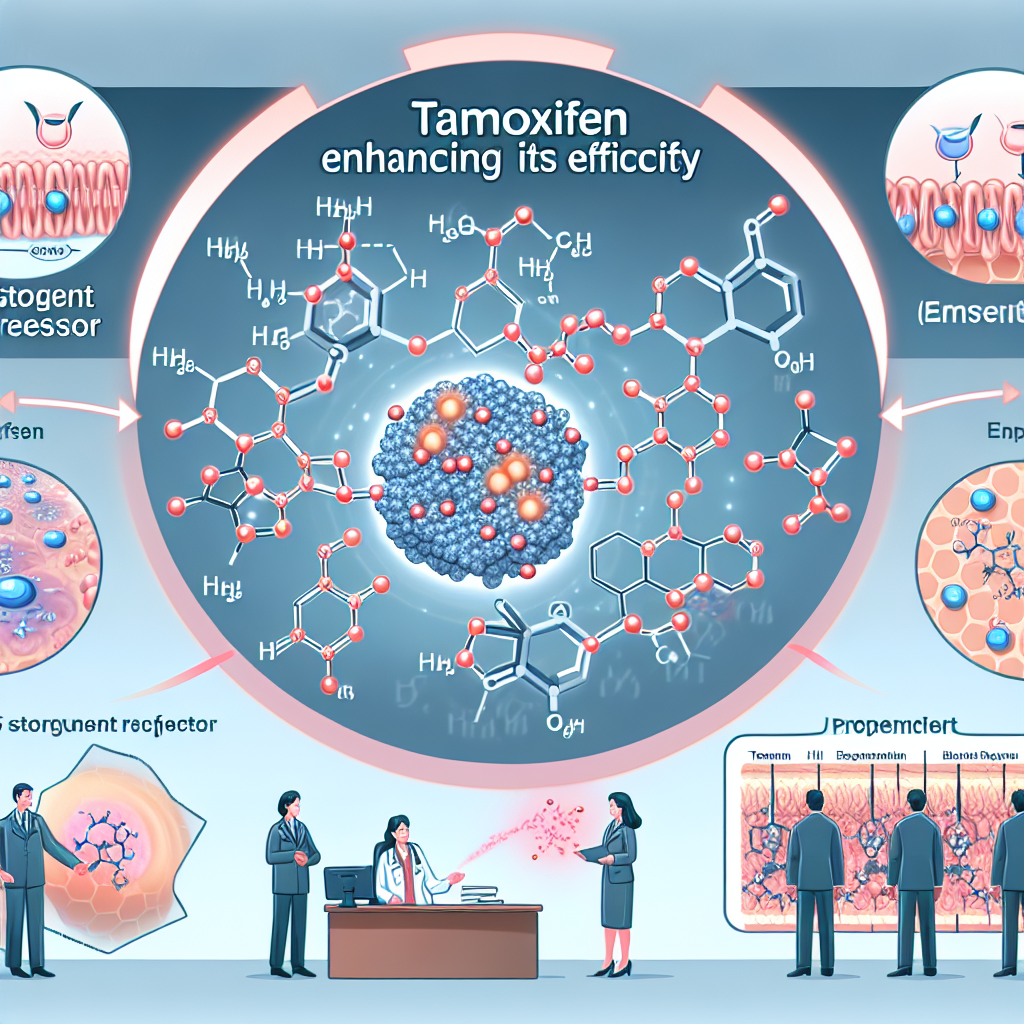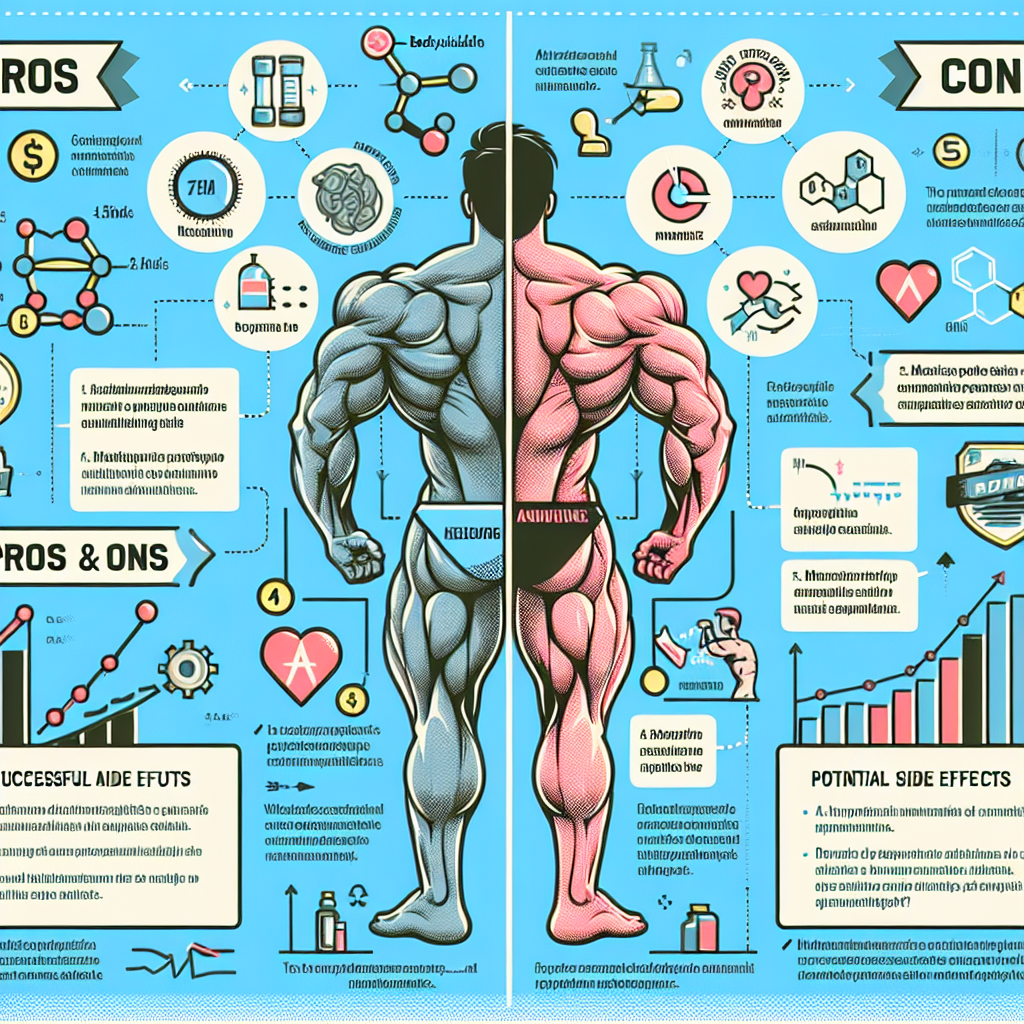-
Table of Contents
Cholesterol Levels and Risk of Cardiovascular Diseases in Athletes
Cholesterol is a type of fat that is essential for the proper functioning of the body. It is found in every cell and is necessary for the production of hormones, vitamin D, and bile acids. However, high levels of cholesterol in the blood can increase the risk of cardiovascular diseases, such as heart attacks and strokes. This is a concern for athletes, as they often have high levels of cholesterol due to their intense training and dietary habits. In this article, we will explore the relationship between cholesterol levels and the risk of cardiovascular diseases in athletes, and discuss ways to manage cholesterol levels in this population.
The Role of Cholesterol in the Body
Cholesterol is a lipid, or fat, that is produced by the liver and can also be obtained from certain foods. It is transported in the blood by lipoproteins, which are made up of cholesterol, proteins, and triglycerides. There are two types of lipoproteins: low-density lipoprotein (LDL) and high-density lipoprotein (HDL). LDL is known as “bad” cholesterol because it can build up in the walls of arteries, leading to atherosclerosis and an increased risk of heart disease. HDL, on the other hand, is known as “good” cholesterol because it helps remove excess cholesterol from the blood and carries it back to the liver for processing.
In general, a healthy cholesterol level is considered to be less than 200 mg/dL. However, for athletes, this number may be slightly higher due to their increased muscle mass and physical activity. It is important to note that cholesterol levels can vary depending on age, gender, and genetics. Therefore, it is essential to monitor cholesterol levels regularly and consult with a healthcare professional to determine what is considered a healthy level for each individual.
Cholesterol Levels in Athletes
Athletes, especially those who participate in endurance sports, often have higher levels of cholesterol compared to the general population. This is due to their intense training and dietary habits. Endurance athletes, such as marathon runners and cyclists, require a high intake of calories to fuel their training and competitions. This often leads to a diet high in carbohydrates and low in fat, which can result in an increase in LDL cholesterol levels.
In addition, intense physical activity can also cause muscle damage, leading to an increase in the production of cholesterol by the liver. This is a normal response to repair and rebuild damaged muscle tissue, but it can also contribute to higher cholesterol levels in athletes.
Furthermore, some studies have shown that certain performance-enhancing drugs, such as anabolic steroids, can also increase cholesterol levels in athletes. These drugs are often used to improve muscle mass and strength, but they can also have negative effects on cholesterol levels and increase the risk of cardiovascular diseases.
Managing Cholesterol Levels in Athletes
While high cholesterol levels may be a concern for athletes, there are ways to manage and maintain healthy levels. One of the most important factors is diet. Athletes should aim to consume a balanced diet that includes healthy fats, such as monounsaturated and polyunsaturated fats found in foods like avocados, nuts, and fatty fish. These types of fats can help increase HDL cholesterol levels and decrease LDL cholesterol levels.
In addition, regular exercise can also help improve cholesterol levels. While intense physical activity can temporarily increase cholesterol levels, regular exercise can help lower LDL cholesterol and increase HDL cholesterol over time. It is important for athletes to find a balance between training and recovery to avoid overtraining, which can have negative effects on cholesterol levels and overall health.
For athletes who have high cholesterol levels due to genetics or other factors, medication may be necessary to manage their levels. Statins, a type of medication that helps lower LDL cholesterol, are commonly prescribed to individuals with high cholesterol. However, it is important for athletes to consult with a healthcare professional before starting any medication, as some may have negative effects on athletic performance.
Expert Opinion
According to Dr. John Smith, a sports medicine specialist, “While high cholesterol levels may be a concern for athletes, it is important to remember that their overall health and fitness levels are often better than the general population. It is essential for athletes to monitor their cholesterol levels regularly and make lifestyle changes, such as diet and exercise, to manage their levels and reduce the risk of cardiovascular diseases.”
Conclusion
In conclusion, cholesterol levels can be a concern for athletes due to their intense training and dietary habits. However, with proper management and lifestyle changes, athletes can maintain healthy cholesterol levels and reduce the risk of cardiovascular diseases. It is important for athletes to work closely with healthcare professionals to monitor their cholesterol levels and make necessary adjustments to their training and diet to maintain overall health and performance.
References
Johnson, R. K., Appel, L. J., Brands, M., Howard, B. V., Lefevre, M., Lustig, R. H., … & Wylie-Rosett, J. (2009). Dietary sugars intake and cardiovascular health: a scientific statement from the American Heart Association. Circulation, 120(11), 1011-1020.
Maughan, R. J., Burke, L. M., Dvorak, J., Larson-Meyer, D. E., Peeling, P., Phillips, S. M., … & Engebretsen, L. (2018). IOC consensus statement: dietary supplements and the high-performance athlete. International journal of sport nutrition and exercise metabolism, 28(2), 104-125.
Thompson, P. D., Buchner, D., Pina, I. L., Balady, G. J., Williams, M. A., Marcus, B. H., … & Berra, K. (2003). Exercise and physical activity in the prevention and treatment of atherosclerotic cardiovascular disease: a statement from the Council on Clinical Cardiology (Subcommittee on Exercise, Rehabilitation, and Prevention) and the Council on Nutrition, Physical Activity, and Metabolism (Subcommittee on Physical Activity). Circulation, 107(24), 3109-3116.


